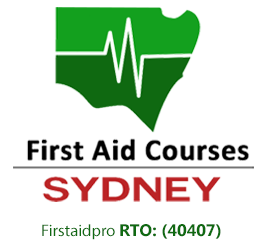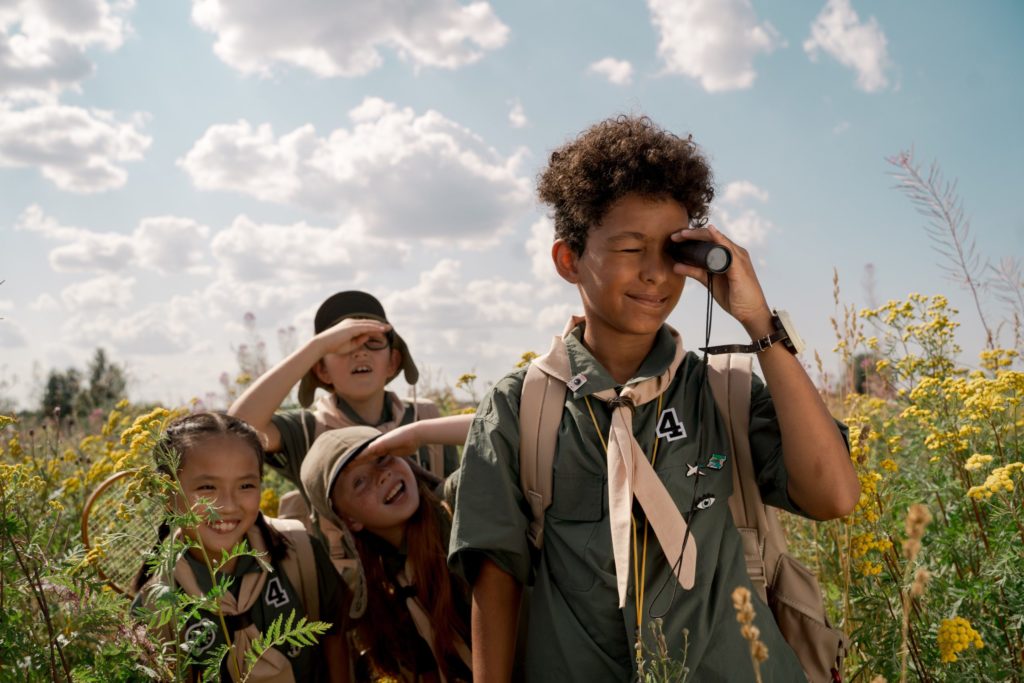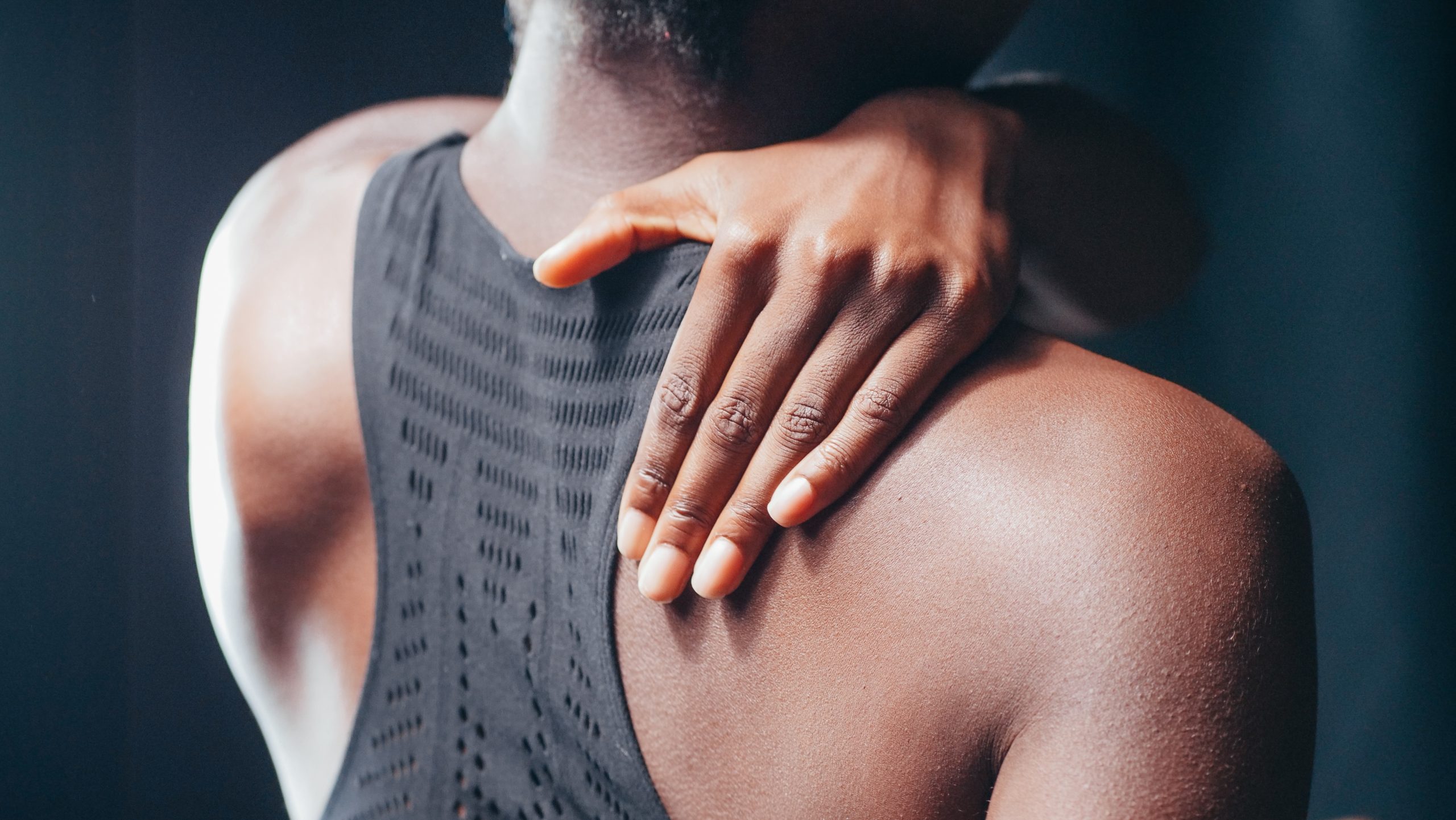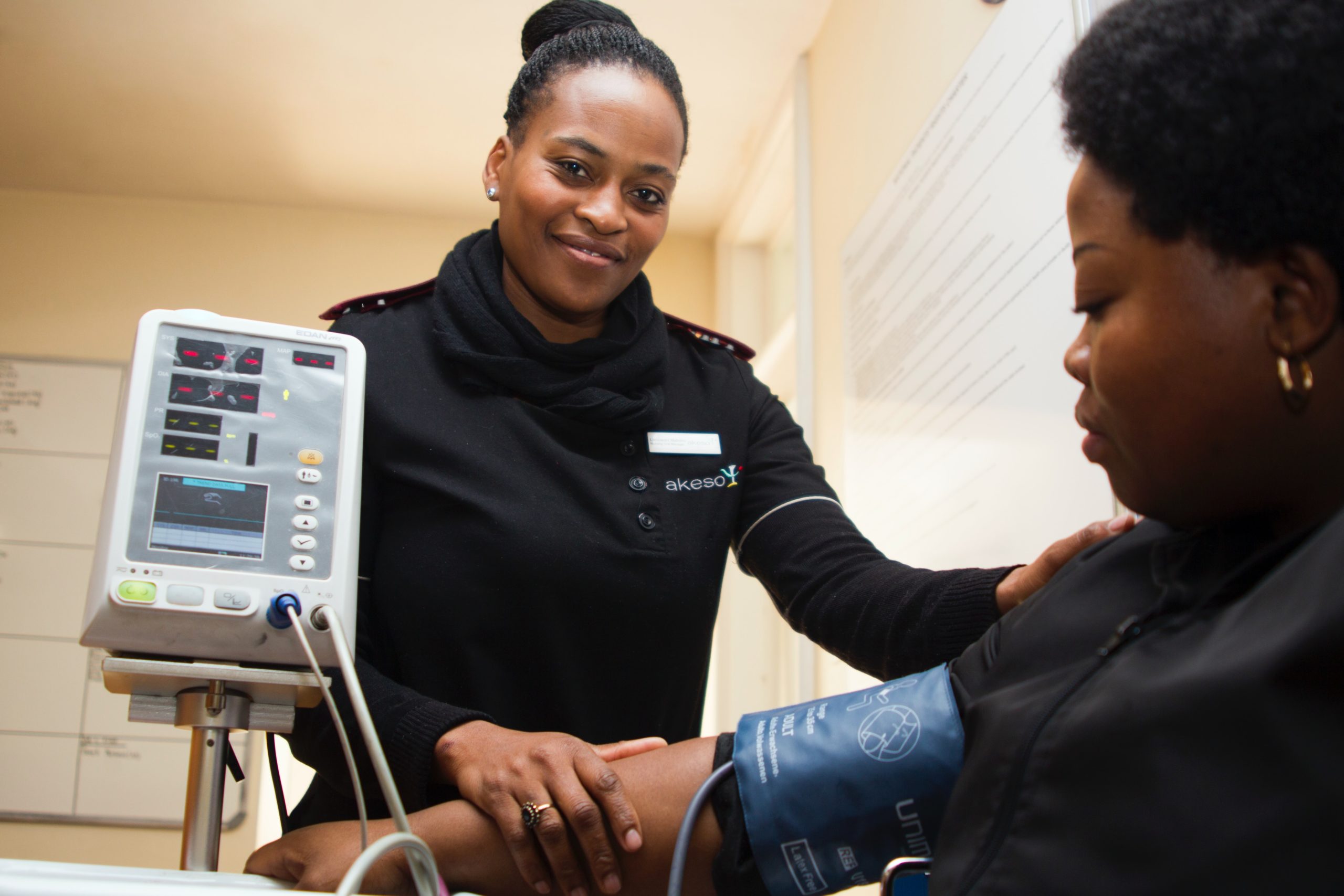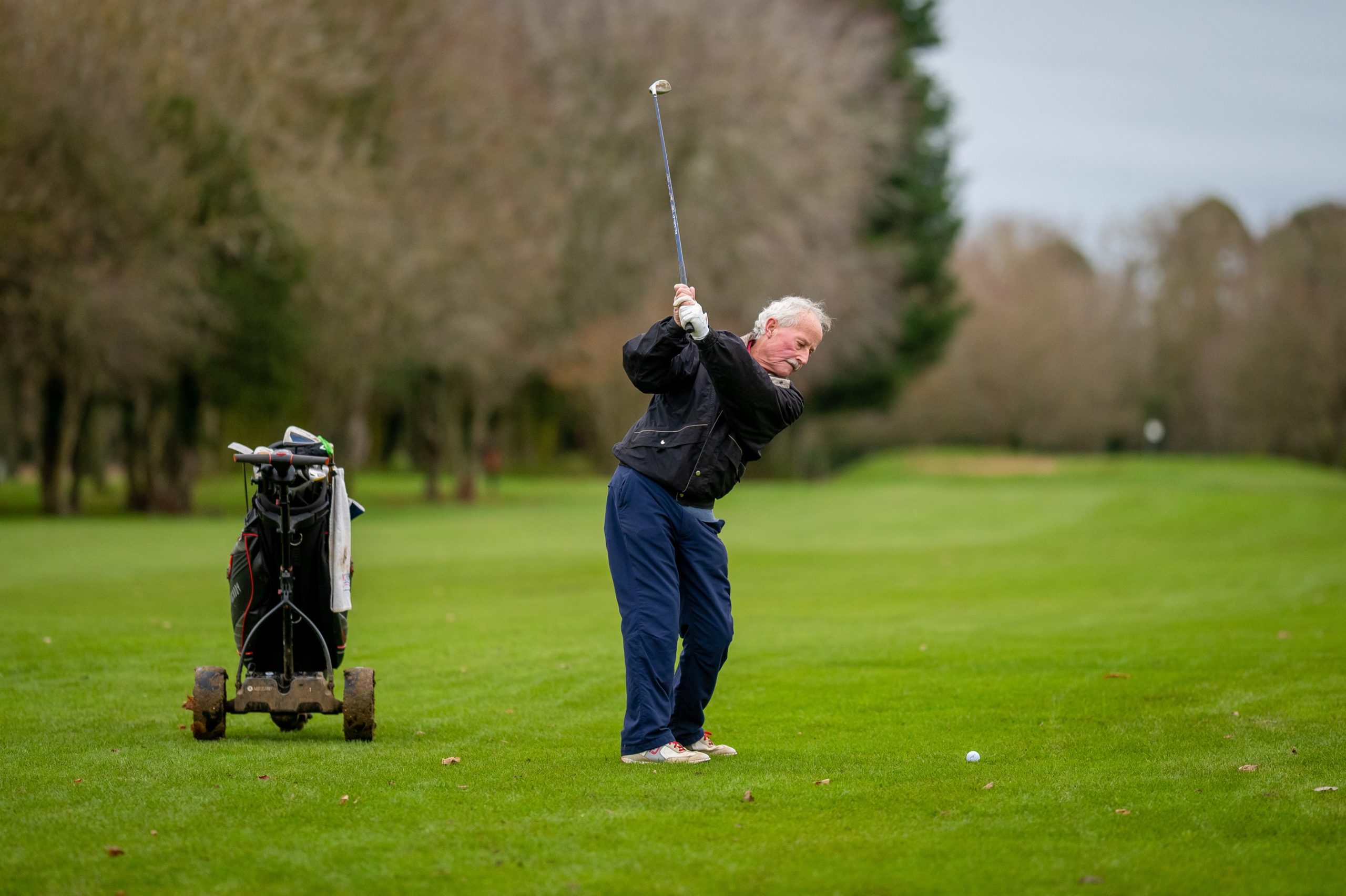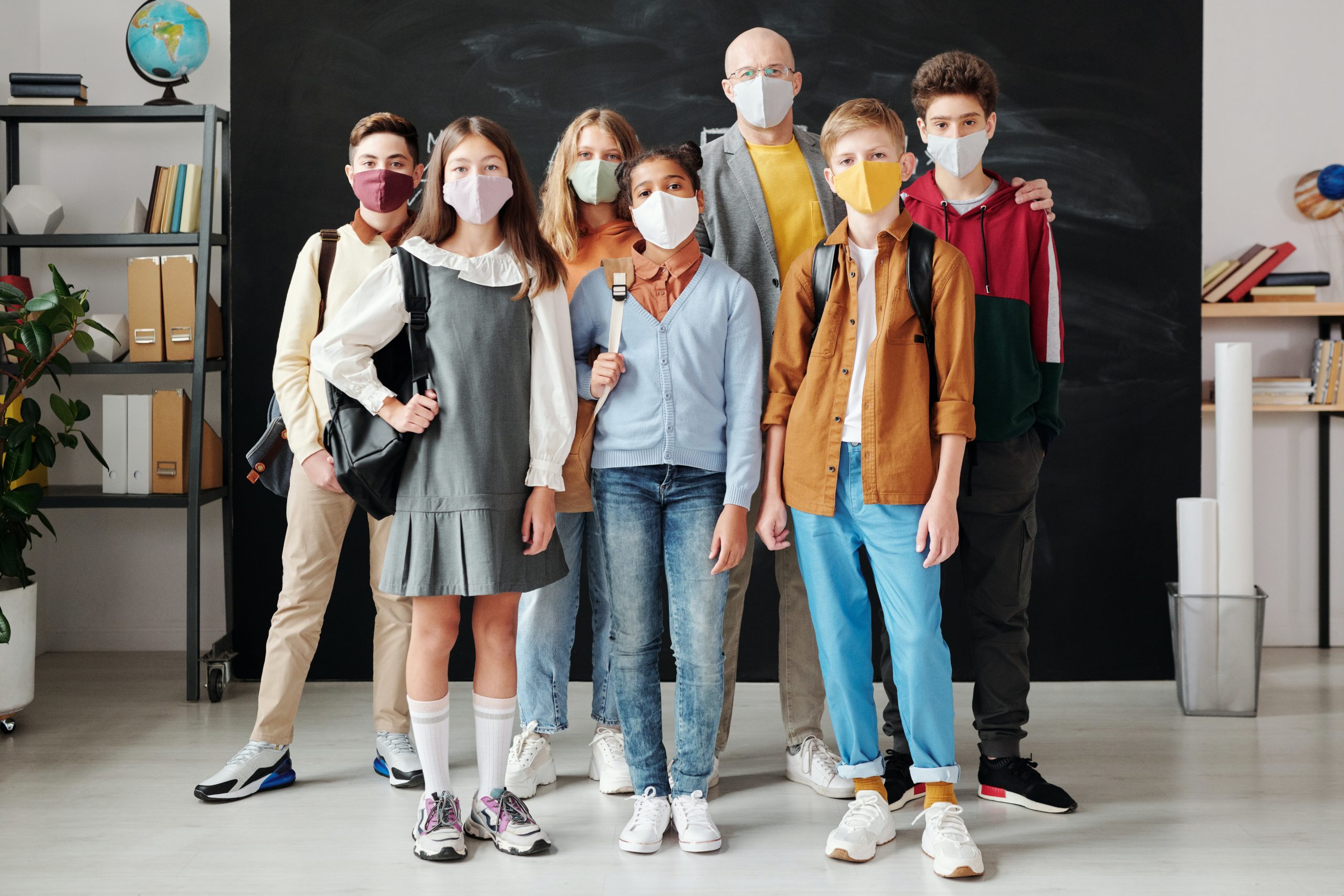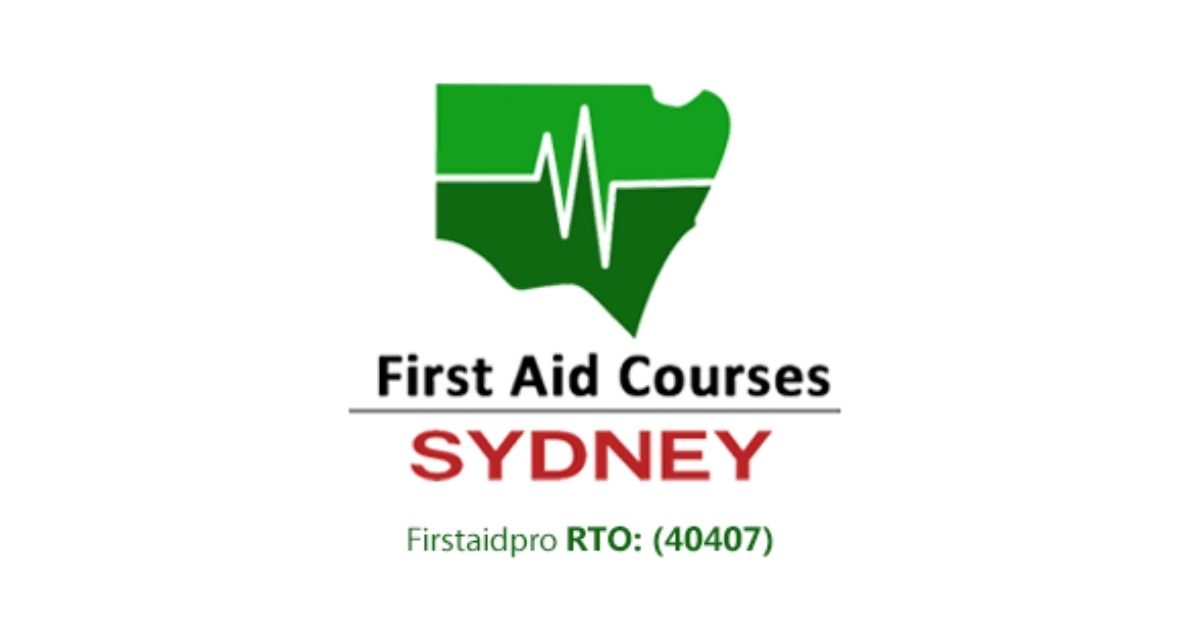Having a well-stocked first-aid kit when going camping is essential. If you end up in an emergency (which we hope not), you will be glad you brought a complete summer camp first aid kit.
Camping Safety
Upon arrival at the camp, most likely, the kids will be immediately off to play by the lakeshore as you set up. You start with pitching the tent and putting up the camp kitchen. As the kids explore, they may encounter a slippery slope that may lead to a simple trip or fall. A simple bruise and scrape may not be alarming. But when added with dirt, things change as it can result in infection.
Other things to look out for the outdoors are bee stings and allergic reactions. These, too, can cause uncomfortable symptoms but can easily be remedied with some medication.
With all the activities you can do, such as hiking, swimming, canoeing, and more, summer camp is a great way for both kids and adults to develop essential lifesaving skills while having fun. Camping is not without risks, so expect to encounter minor injuries such as sprains, cuts, insect stings, and more.
Everyone should know basic first aid and have a first aid kit to bring with them during all activities. If you are on the lookout for a complete summer camp first aid kit checklist, you found it. You can either do a DIY (do-it-yourself) kit to add specific items to your camping adventure or buy a basic first aid kit from your local pharmacy.
A well-stocked first-aid kit should include the following items:
- Gauze pads and adhesive bandages in different sizes
- Medical tape and elastic bandages
- A splint (preferably flat for easy packing and shape moulding)
- Non-latex gloves
- Antiseptic wipes or alcohol for cleaning wounds
- Basic medications – antibacterial ointment, calamine lotion, ibuprofen, and antihistamines
- First aid tools – tweezers, scissors, safety pins
- Hot/cold packs
- Blanket or sheet (for making slings)
- Flashlight with backup batteries
- Thermometer
- Mouthpiece for when performing CPR
Once you have put all these items together, store them in a durable waterproof container and put them in a safe place. Make sure that the first aid kit location is readily accessible in the event of an emergency. Double-check your summer camp first aid kit checklist to see if you have complete items.
Also, be sure to inspect the kit regularly so you can replace items that are missing or have reached their expiration date.
It is also good to enrol in basic safety and first aid courses, such as those offered by Registered Training Organisations (RTOs). This will help you be familiarised with the kit to know which supplies to use in the event of an emergency.
First Aid Training in Sydney
The Sydney First Aid Course can help you with all your training needs to ensure that you have current knowledge of lifesaving techniques. These include cardiopulmonary resuscitation (CPR), basic life support (BLS), defibrillation or use of AED, and how to use a first aid kit. Learn everything from cleaning up wounds to putting bandages and the right medication.
First Aid Course Sydney operates in many locations that provide a broad range of training courses 7 days a week. We offer first aid courses in more than 30 locations in Adelaide, Melbourne, Brisbane, Perth, Tasmania, and Darwin. We successfully trained thousands of students and are one of the country’s leading providers of first aid training.
For more information about our locations, courses, prices, and schedules, visit thefirstaidcoursesydney.com.au
Lastly, be careful on your outdoor camping adventure and make sure to have fun!
